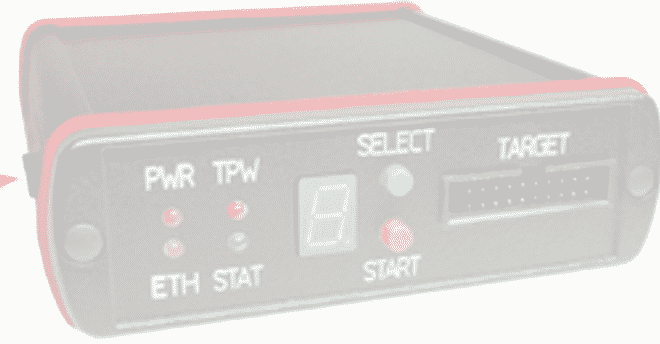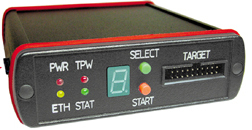- Company
Overview
Why Pertech is the right partner for youCustomers
We service large multi-national companies and small start-upsTechnology
Pertech offers advanced technology so you can succeedManagement
Our leadership has countless years of combined experienceNews & Event
Find out when is the next event or product announcements
- Products
- Services
- Partners
- Blog











